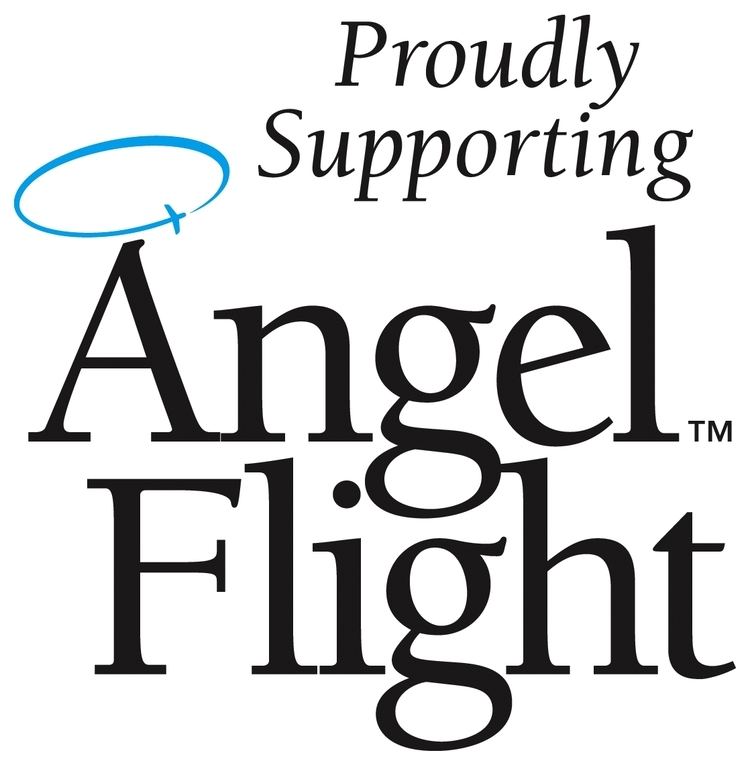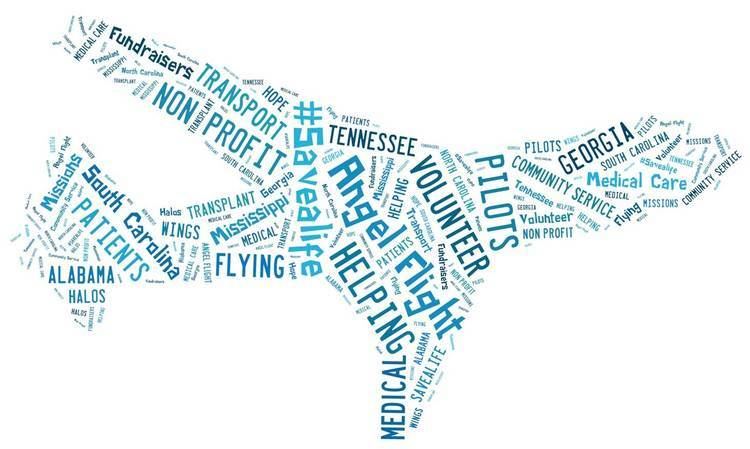 | ||
Similar Corporate Angel Network, Aircraft Owners and Pilots, Mission Aviation Fellowship, Volunteer Pilots Association, Maine Medical Center | ||
Angel flight radio tower remix w lyrics
Angel Flight is the name used by a number of groups whose members provide free transportation for needy patients and perform other missions of community service. Such a non-profit organization may be located in the United States, Europe, Australia, or Canada and it, like other Public Benefit Flying (PBF) organizations, helps arrange free, non-emergency air transportation for patients who require medical treatment but who cannot afford to pay for a commercial flight. Transportation is provided by volunteer pilots, often using their own private general aviation aircraft. In most of Canada, the Volunteer Pilot Program of Hope Air provides a similar service, along with Angel Flight of Vancouver.
Contents

A list of all the Angel Flight and other Public Benefit Flying Organizations is maintained by the Air Care Alliance.
History
Angel Flight's first organizations under that name were founded in 1983.
Formed in Santa Monica, California, Angel Flight of California, now known as Angel Flight West, and formed in Atlanta, Georgia, Angel Flight Georgia, were the first two organizations formed under the name.

Angel Flight merged with Grace Flight and adopted the name to be operated under. Shawn Jantzen founded Grace Flight.
Pilots

Angel Flight missions are made possible by pilots who volunteer their time, their skills, and the funds required for aircraft operating expenses. Many pilots provide Angel Flights in their own personal aircraft, although some do so using rented aircraft. Pilots must usually meet certain minimum flight experience requirements before they are allowed to command an Angel Flight mission (typically 250 solo hours). They also receive extensive training on the special procedures required for Angel Flight missions and patient transportation.
Pilots have a variety of reasons for volunteering for Angel Flight missions. Most do so simply because they enjoy flying, and because providing charity transportation is more constructive than getting the proverbial $100 hamburger or "drilling holes in the sky" (flying just for the sake of flying). The aircraft operating expenses are also generally tax-deductible as a gift-in-kind donation (not in Australia however).
Requests
The Angel Flight organizations do not provide the air transportation; instead, each acts as a "matchmaker," connecting people who have a compelling need for air transportation but cannot afford it with individual pilots who volunteer their time and aircraft, often for a full tax deduction.
Angel Flight organizations typically serve patients who require specialized medical treatment at a facility far from their homes—for example, a clinic that has expertise in the treatment of a particular form of cancer or experimental treatments of rare childhood disorders. In some cases, other compelling human needs are served, such as transportation to visit a hospitalized family member, transportation helping in time of emergencies or disasters, and even relocation of victims of domestic violence. Many of the public benefit flying groups helped in the aftermath of Hurricane Katrina, for example; while others develop partnerships with veteran groups, such as Wounded Warrior Project, to help recovering veterans.
The Angel Flight process usually begins when a referring health professional, usually a social worker, contacts an Angel Flight organization. The referrer describes the points between which transportation is needed, the total number of people and weight, and the condition of the patient. Even though the social worker is responsible for most of the paperwork, Angel Flight organizations encourage patients to contact them first in order to assess fitness.
Not every patient is eligible for transportation. For example, patients usually must be medically stable and capable of walking on their own and sitting upright unassisted. The flight must also not be for treatment of a medical emergency, because weather or other factors may cause last-minute cancellation of the flight. Often a doctor's signoff is required. Therefore, these flights are not considered to be air ambulance services.
If the flight request is deemed appropriate then information concerning the date, source, destination, and total passenger count is added to an "available mission list" on the regional Angel Flight web site or other notification list. Pilot volunteers periodically check the mission list and can volunteer for missions that are appropriate for their aircraft and schedule.
